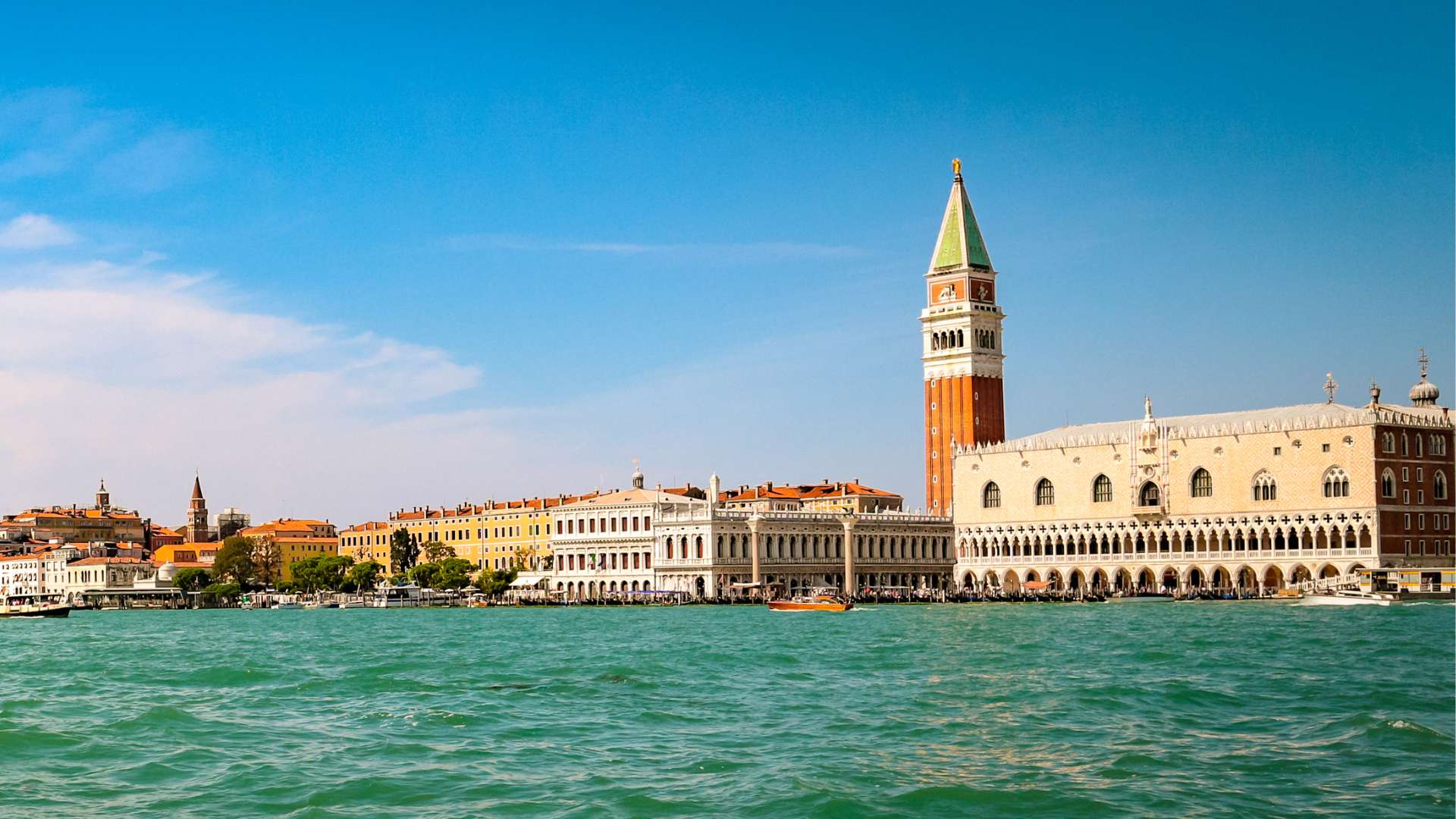Venice and its lagoon: A journey through history, geography, and sustainability

Venice is a city unlike any other, with its intricate network of canals and bridges, stunning architecture, and rich cultural heritage. However, Venice's beauty and charm are not limited to its historic center, and its suburbs as the city is also surrounded by a unique natural wonder - the Venice Lagoon. In this article, we will explore the history, geography, and sustainability of Venice and its lagoon, and discover what the future holds for this fascinating place
The history of Venice and its lagoon
Venice has a rich and complex history that is closely linked to its lagoon. According to legend, Venice was founded in 421 AD, when people from nearby mainland towns fled to the lagoon to escape barbarian invasions. Over time, these refugees built settlements on the islands in the lagoon and created the foundations of the Venetian Republic, one of the most powerful and influential states in Europe during the Middle Ages and the Renaissance.
The lagoon was an essential factor in the rise of Venice. The shallow waters and marshy islands provided a natural defense against invading armies, while the lagoon's vast resources of fish, salt, and other commodities supported the city's economy. As Venice grew in power and wealth, the Republic embarked on a massive engineering project to transform the lagoon into a navigable waterway, building canals, embankments, and ports. The result was a unique urban landscape that combined natural and artificial elements in a harmonious and functional way.
The geography of Venice and its lagoon
The Venice Lagoon is an extraordinary ecosystem that encompasses over 50,000 hectares of shallow water, marshland, and islands. The lagoon is home to a rich variety of flora and fauna, including fish, shellfish, waterbirds, and rare plant species. The lagoon's unique geography and climate have created a delicate balance between land and water, which is threatened by human activity and climate change.
The islands of Venice are the heart of the city's cultural and historical heritage. Each island has its own character and charm, from the grandeur of San Marco to the peacefulness of Torcello. The islands are interconnected by a network of canals and bridges, which provide a constant source of inspiration for artists, writers, and photographers.
The lagoon's ecosystem is also crucial to the city's survival. The lagoon acts as a natural barrier against floods and storms, which are becoming more frequent and severe due to climate change. However, human activity has had a significant impact on the lagoon's health, as pollution, dredging, and other forms of environmental degradation have led to a decline in water quality and biodiversity.
Tourism in Venice and its lagoon
Tourism has brought both benefits and challenges to Venice and its lagoon. On the one hand, tourism has contributed to the city's economy and cultural heritage, creating jobs and generating income for local businesses. On the other hand, tourism has also put pressure on the city's fragile infrastructure and natural resources, leading to overcrowding, pollution, and other negative impacts.
To address these challenges, Venice has implemented a series of sustainable tourism initiatives, such as promoting off-season travel, limiting the number of visitors in certain areas, and encouraging responsible behavior among tourists. These initiatives aim to balance the economic benefits of tourism with the need to preserve the city's unique cultural and natural heritage for future generations.
The future of Venice and its lagoon
Despite these efforts, Venice and its lagoon face significant challenges in the years ahead. Climate change, rising sea levels, and more frequent extreme weather events threaten to undermine the lagoon's delicate ecosystem and cause irreparable damage to the city's historic buildings and infrastructure. In addition, Venice's aging population and declining birth rate pose significant demographic and economic challenges, as the city struggles to maintain its unique cultural identity and attract new residents and businesses.
To address these challenges, Venice has launched several initiatives aimed at preserving and protecting the city's cultural and natural heritage, such as investing in renewable energy, promoting sustainable transportation, and restoring historic buildings and monuments. These efforts aim to ensure that Venice and its lagoon remain a vibrant, livable, and sustainable place for generations to come.
Conclusion
Venice and its lagoon are not just a beautiful tourist destination - they are a unique cultural and natural heritage that has shaped the history, geography, and identity of the city and its people. While the challenges facing Venice and its lagoon are significant, there is also hope and optimism that through sustainable practices and innovative solutions, we can ensure that this extraordinary place continues to thrive and inspire for generations to come.








